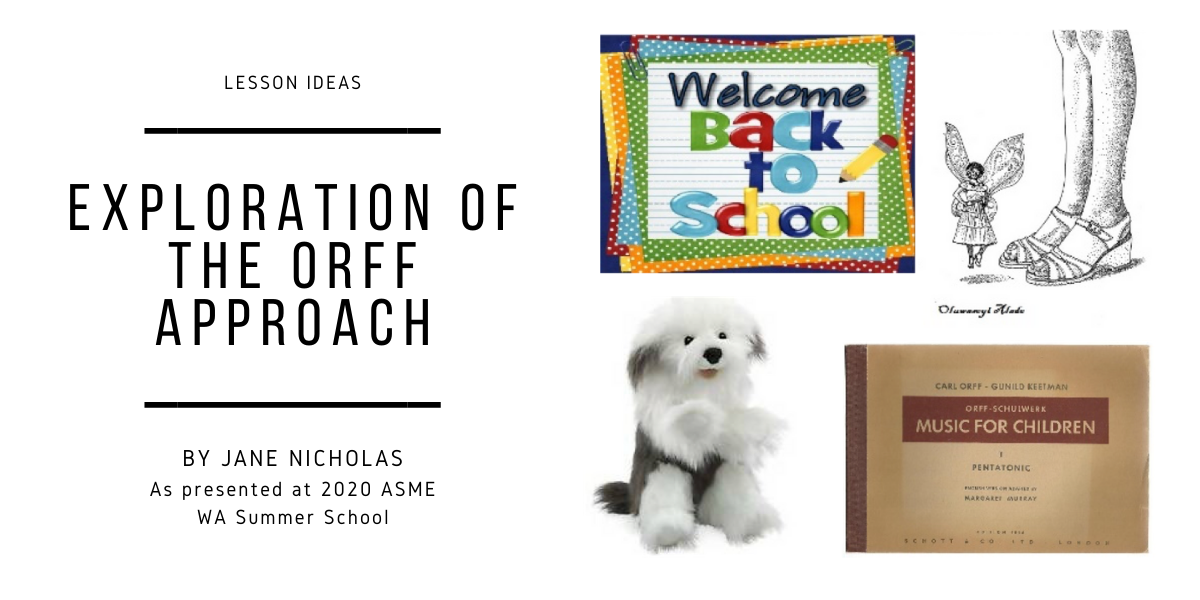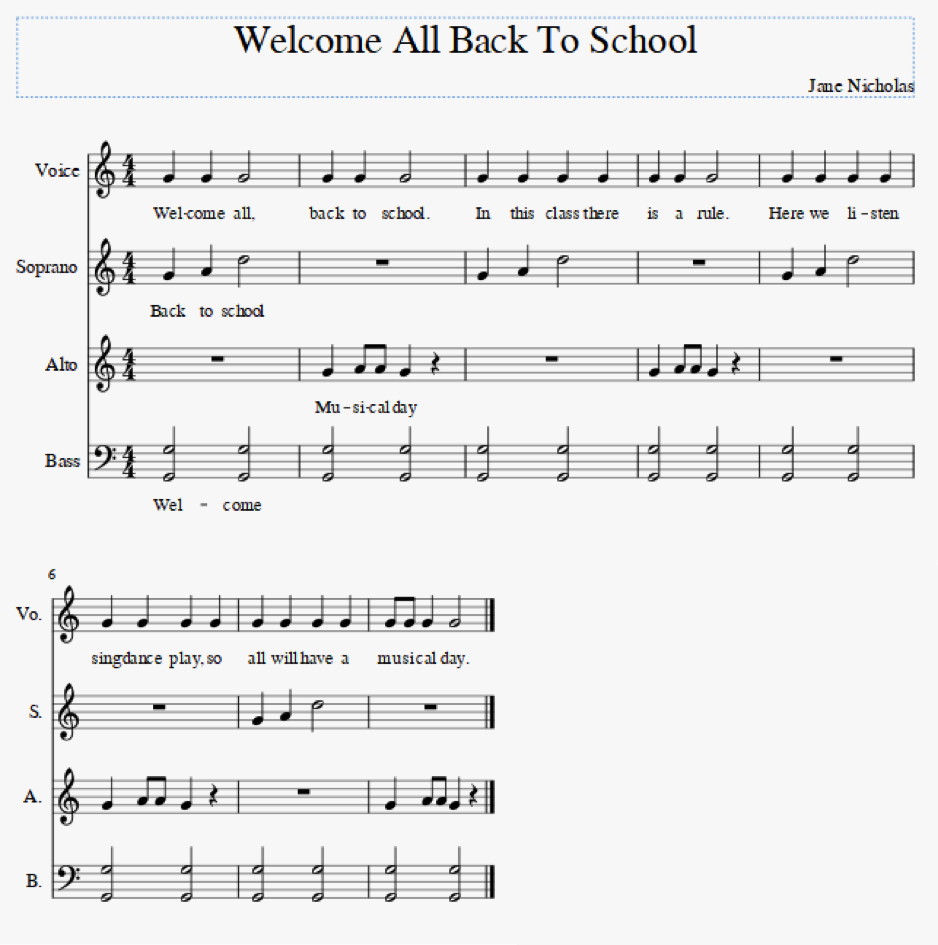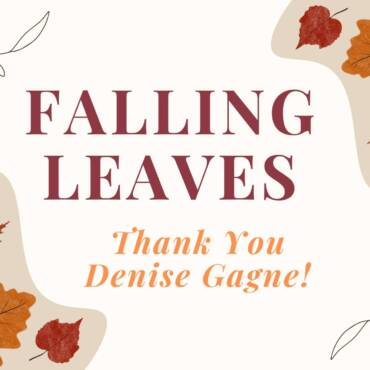Editor’s Message:
Thank you so much Jane Nicholas for sharing and elaborating on the workshop you presented at this year’s ASME WA Summer School. We hope you find her ideas useful!
Exploration of the Orff Schulwerk Approach
Jane Nicholas for ASME WA Summer School January 2020
1.Speech To Rhythm
Here is a speech rhythm that can be taught to reinforce musical concepts in your classroom. I thought it might be useful for starting the new school year.
The ostinati could be taught initially with the whole group learning the different vocal patterns. Then different groups or individuals could be supported to hold an independent musical line with their vocal pattern, against the different vocal pattern/s or other students. Next these vocal patterns can then be transferred as rhythmic patterns to be performed using body percussion or percussive instruments. Lastly the speech rhyme could be taught with the different ostinati accompanying. In the workshop participants then formed groups and chose ostinati and speech rhyme musicians and they used their own instruments to perform the rhyme and ostinati their way. Some used all the ostinati, some a couple. Some groups added melodic components. All were encouraged to play with the dynamics and tempo.
In this class there is a rule
Here we listen, sing, dance, play
So all will have a musical day
– – –
Welcome – stamp/drum
Back to school – patsch/shakers
Musical day – click/triangle
Here we listen sing dance play – clap/tapping sticks
2. Importance of Developing Voice & Vocal Improvisation Using Puppets

Shep the Sheepdog was introduced to participants and he encouraged Jane to sing his favourite song ‘My Dog Rags’ by Lynn Kleiner. Lynn is a fabulous Orff practitioner from the USA. She has a number of fabulous resources available which encourage play and imagination and uses puppets to engage children with music. This song is from ‘Down On The Farm’ resource. The song can be accompanied using ‘My Dog Rags’ as a rhythmic accompaniment through the body percussion of patsching. The puppet can then be used to have students sing independently pitch matching the teacher on sol and mi as follows.
Vocal improvisation – demonstrate first and then volunteers – ‘What will you feed Rags?’ ‘I will feed him chocolate’. Start with students using sol and mi.
3. Brown Books – Key Texts – Book 1 – Pentatonic
The ‘Brown Books’ are important texts in Orff Schulwerk. Richard Gill, our national treasure to music education who sadly passed away recently, was a great exponent of the use of the brown books and at a workshop in Melbourne a few years ago promoted the use of the following.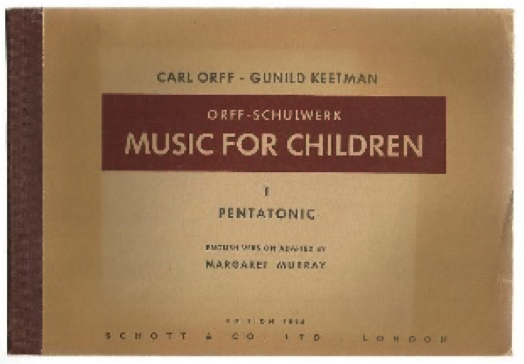
Nursery Rhymes and Songs – Tinker Tailor p4 – Great for developing rhythmic repertoire and aural memory
Rhythmic and Melodic Repertoire and Instrumental Skills ‘Rhythms For Imitation’ p53 – Again great for developing rhythmic repertoire and aural memory
‘Rhythms To Be Completed’ p64 – Fabulous for students developing musical confidence, performance and rhythmic competence
Instrumental Pieces No32, p113 – Wonderful pieces
4. Importance of Movement
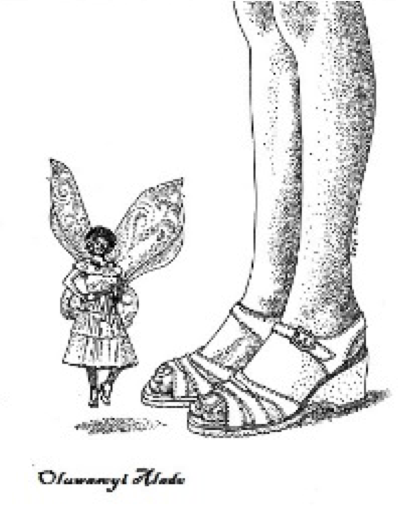 Movement is critical in the effective use of the Orff approach. Here is a great story that can engage students to listen through movement to Edward Elgar’s ‘Wand of Youth Suite Op. 1a: Fairies and Giants’.
Movement is critical in the effective use of the Orff approach. Here is a great story that can engage students to listen through movement to Edward Elgar’s ‘Wand of Youth Suite Op. 1a: Fairies and Giants’.
It can be purchased from Teachers Pay Teachers by Megan Heikkila.
She uses her story to teach form as well as to support students in identifying high and low pitch. To find the story, go to ‘Teachers Pay Teachers’ and search Fairies and Giants Megan, and it will come up. I picked the powerpoint one, printed it out and read it to the students with two volunteers, a fairy and a giant, in my class. The volunteers were directed to move ‘a la’ the story information. Then the whole class moved to the story with minimal prompts being either a fairy or giant. Then the whole class moved to the story prompted by the music. Students then swapped roles.
Reflective Questions
What is the Orff Schulwerk approach?
How can it be utilised?
What do you need?
When is the best time to use it?
How can you find out more?
By Jane Nicholas
